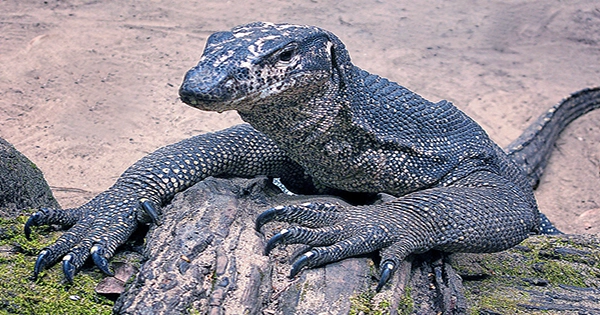In a new study, the secret structures underpinning lizards’ capacity to keep or drop their tails and run have been discovered. The investigation discovered that the magic trick was performed by small mushroom-shaped structures, an understanding that could lead to some pretty cool future technology. Lizard tails are fascinating because, while they can be dropped at any time, they remain quite firmly connected the rest of the time. It wouldn’t be all that spectacular to drop a weakly linked limb, but how can such a powerful bond shatter in an instant?
Researchers in a recent report published in the journal Science used microscopy to find out. They examined the surfaces of broken tails along the “fracture plane” in more detail. They discovered a densely packed layer of mushroom-shaped micropillars topped with a scattering of nanopores when each muscle breaks.
The researchers developed simulation models to investigate how these structures may maintain such a strong grip on tails before completely discarding them. They discovered that under strain, the cleverly formed mushroom micropillars were extremely sticky. All of that, though, may change with a tiny twist. They discovered that the bending of the tail plays a critical part in kicking off the tail drop after photographing a tail breakage using a high-speed camera and slowing down the footage. As the tail bends, a crack forms on the bent side first, and then the tail goes bye-bye.
Autotomy is a protective mechanism in which a limb (or perhaps your entire body, as in the case of some sea slugs) is self-amputated. If lizards are being hunted, the physiological magic trick allows them to abandon their tails, which operate as a distraction to predators because they may wriggle for a long period after being removed. While humans don’t have much need for dropping a leg at any time, understanding such a powerful quick-release mechanism could have adhesion-related applications such as improving skin grafts and wound healing. Soft robotics and 3D bioprinting could benefit from it as well.
In a statement, study author Animangsu Ghatak said, “Autotomy shows to be a successful survival technique in the natural world, and its frequency in both plants and animals gives confidence that it may be valuable for scientific and technical applications.” “An optimized link like the one found at the lizard tail can go a long way in safeguarding an expensive component or device from an unforeseen accident or mishap, especially in robotics, stealth technologies, and prosthetics, as well as for the safe operation of many key installations.” Having a quick-release tail, on the other hand, maybe a lot of fun…















